Talk Overview
Sepsis is a potentially life-threatening condition caused by the immune system’s overreaction to a bacterial infection. One in three hospital deaths in the US result from sepsis. Despite its devastating impact on the human population, Jianjin Shi points out there are no drugs that treat this disease. The reason for this, he explains, is because we don’t know enough about how pathogens activate the inflammatory response that leads to sepsis. Shi focused his research on resolving this molecular process. When he began his studies, it was already known that lipopolysaccharide (LPS), a molecule from the cell wall of bacteria, is the toxic substance that triggers sepsis. However, it was unclear how LPS was being detected and the molecular pathway it activates downstream. Previous studies suggested that LPS was sensed by Toll-like receptors (TLR4), but targeting TLR4 showed no benefit in clinical trials. Shi discovered a new pathway that senses LPS inside cells, which activates caspases-4/5 and triggers pro-inflammatory cell death. Further biochemical characterization led to the unexpected result that the caspases (caspases-4/5) themselves are the sensors of LPS. Targeting this newly discovered pathway could lead to treatments for sepsis.
This talk is part of the Young Scientist Seminars, a video series produced that features young scientists giving talks about their research and discoveries.
Speaker Bio
Jianjin Shi
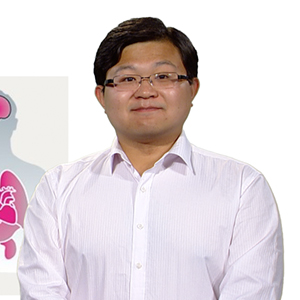
Jianjin Shi is a graduate student from Dr. Feng Shao’s lab at National Institute of Biological Science (NIBS), Beijing, China. He studies how the body recognizes and fends off invading pathogens. During his PhD training, Shi discovered the intracellular sensors (caspase-4/5 in human and caspase-11 in mouse) that recognize lipopolysaccharide (LPS), the component of the… Continue Reading
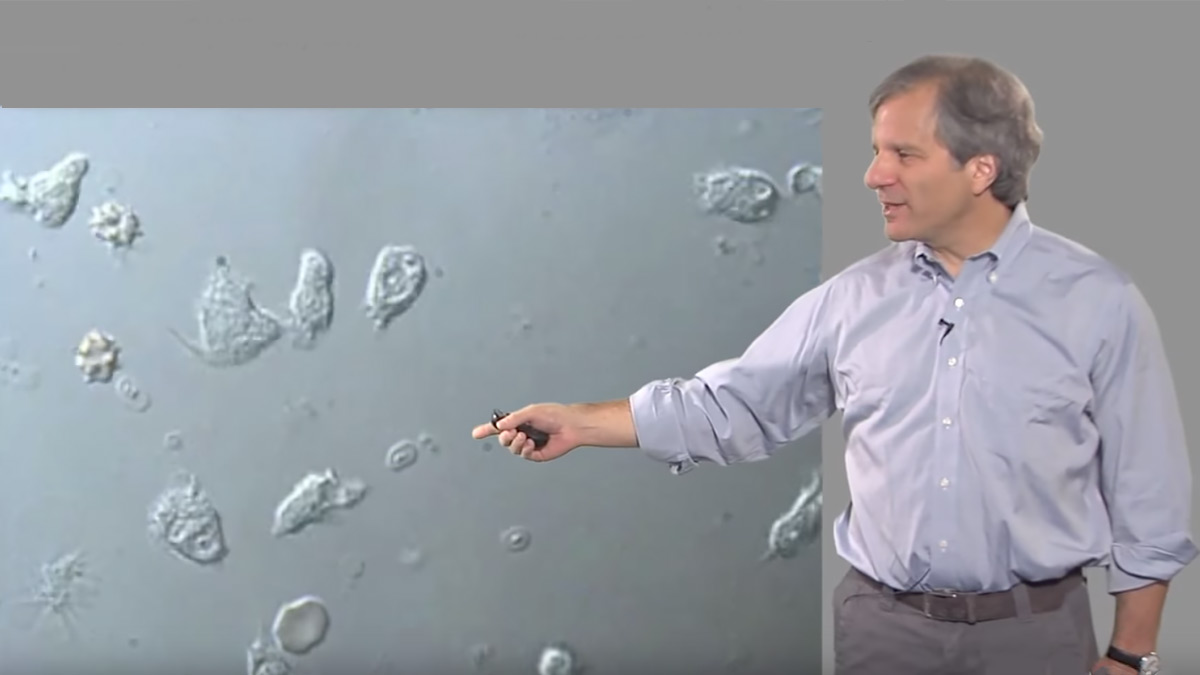
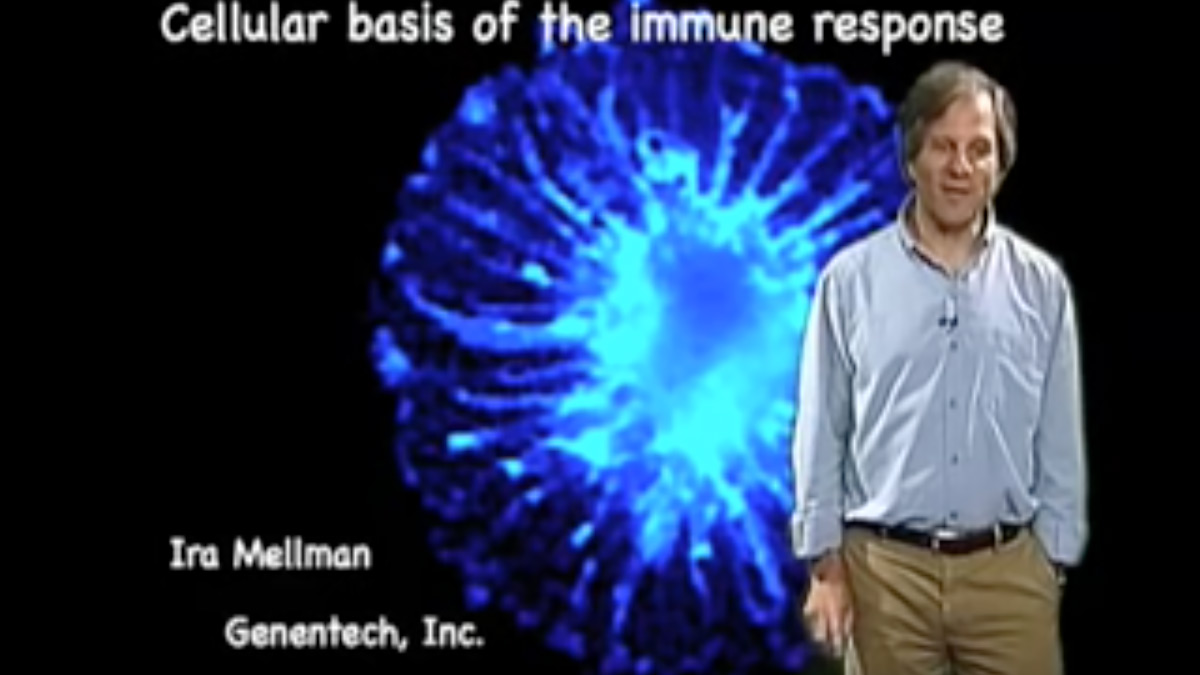

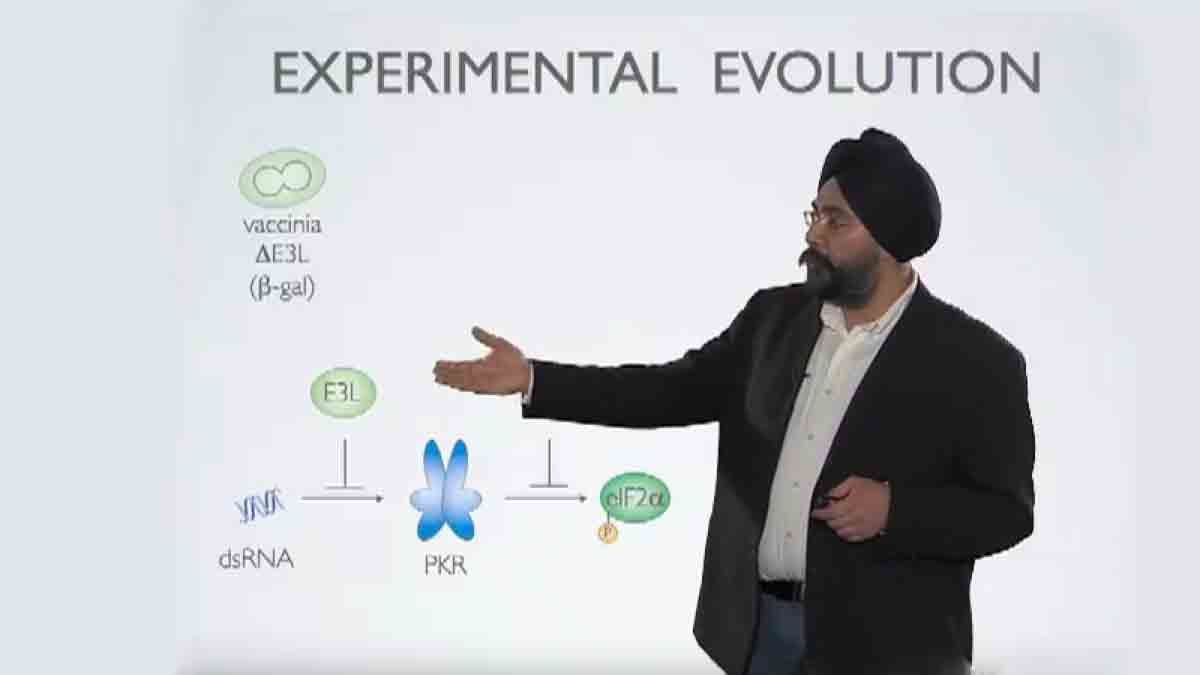
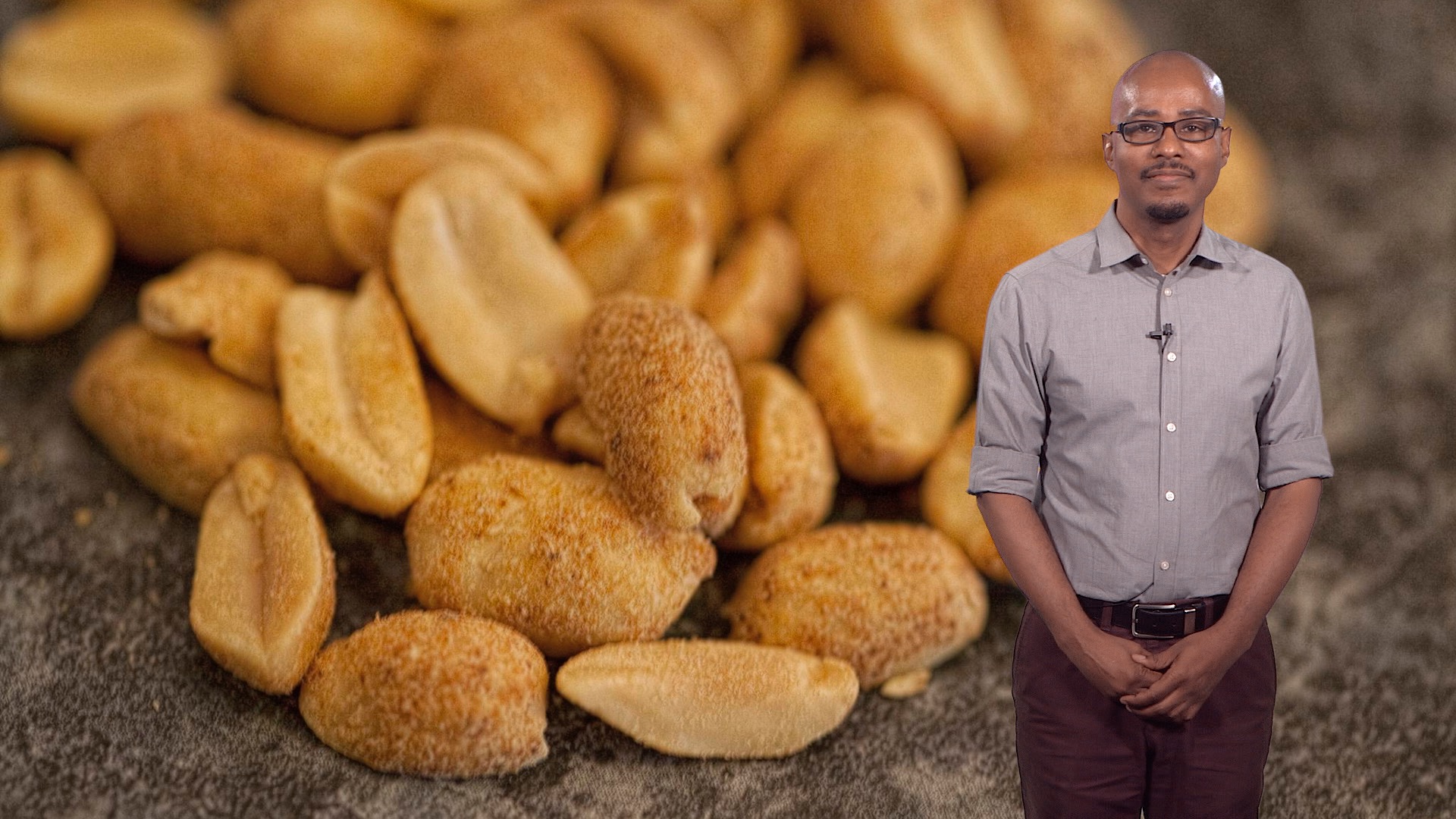





Shreya Tapaswi says
The pathway was really well explained. What I would like to just suggest is that, it would be worth a try to perturb the paths involved in the endocytosis o0f the LPS into the cell, which brings the LPS molecule close to the caspase 4/11. Another thing to be prohibited is the oligomerization of caspase 4/11.
What I would like to know in this context is, does the LPS molecule remain bound to the caspase 4 molecule even during and after the oligomerization?